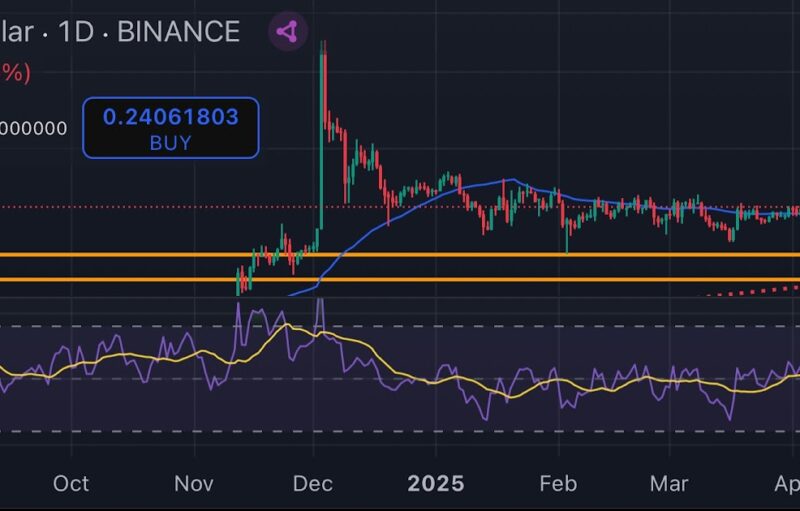Bitcoin, at the time of writing, was priced at just under $40,500. In fact, just over 24 hours ago, the world’s largest cryptocurrency was hovering under the $42,000-mark.
Let that sink in – $42,000! Just over a month ago, the cryptocurrency was valued at $18,500, with the all-important question on people’s minds being – Will Bitcoin be able to breach its 2017 ATH and hold out above that range for long? In the month since, BTC has surged by over 120% on the charts. Needless to say, that question has been answered in the affirmative in the strongest possible way.
Now, the growing entry of institutions and Bitcoin’s growing reputation as a hedge in times of political and economic uncertainties may have contributed mightily to the said rally, but the scale of it has birthed yet another pertinent question – How sustainable is this rally?
The keyword here is “sustainable.” Surely, Bitcoin can’t keep going north like this, can it? After all, even many in the crypto-community are skeptical. Morgan Creek Digital’s Anthony Pompliano, for instance, with the exec recently commenting that he won’t be surprised if the cryptocurrency registers a 20% – 30% drop in the near future.
Even JP Morgan, one of the world’s most reputable investment banks, recently noted that, while yes, Bitcoin might climb towards the range of $50,000-$100,000, this would be unsustainable, especially since there are already signs of “speculative mania.”
Interestingly, a key metric seems to be highlighting the likelihood of unsustainability as well. As pointed out by Messari’s Ryan Selkis, CaseBitcoin’s Doubling Time metric (the days it takes BTC to double from a previous threshold) has been flashing inauspicious multi-year lows this week.

Source: CaseBitcoin
As can be observed from the chart attached, doubling times have always fallen whenever Bitcoin has noted a price top. This is the case right now as well, with the doubling time down to multi-year lows. This is good news, right? Well, yes, but if history is any evidence, these lows have often been succeeded by significant sell-offs in the market. This was what happened back in April and November of 2013, as well as in December 2017.
Ergo, there is a good chance that the sell-offs people have been expecting may finally rear its heads now. And, while that may sound like bad news, as Selkis was quick to point out, many “who have been around for a couple of Bitcoin cycles are counterintuitively hoping for a pullback and period of consolidation right about now.” A breather, they feel, even if it involves sell-offs, won’t necessarily be all that bad.
However, hold your horses. While the aforementioned metric and JP Morgan may be arguing that sell-offs are coming and that the present rally is not sustainable, it’s worth noting that quite a few other metrics suggest that there is more upside to be met by the cryptocurrency.
Consider just these two – Entity-adjusted Dormancy Flow and NVT Ratio.
The former, just yesterday, climbed to touch a crucial bullish threshold. According to Glassnode,
“It [Entity-adjusted Dormancy Flow] can be used to time market lows and assess whether the bull market remains in relatively normal conditions. It helps confirm whether Bitcoin is in a bullish or bearish primary trend.”
Simply put, the metric seems to be suggesting that the bull market has finally begun. Further, thanks to the momentum in the Bitcoin market, it would seem that it wouldn’t be a touch-and-go business again, as was the case back in July 2019.
#Bitcoin Dormancy Flow has reached the bull/bear threshold.
Chart: https://t.co/GkjVilcrCm pic.twitter.com/QYheM0aReA
— glassnode (@glassnode) January 8, 2021
Moving on, let’s look at the NVT Ratio. As highlighted by Stack Funds in its 7 January newsletter, Bitcoin’s 30d NVT is trading between the 65-70 range. What does this mean? Well, it means that despite the exponential nature of Bitcoin’s hike, it’s not overvalued, and because it’s not overvalued yet, the question of price rally sustainability doesn’t arise either. In fact, the reading suggests that there is more room for upside on the charts.
These aren’t the only metrics pointing to the same, however. According to Qiao Wang, with most long-term hodlers holding off on selling their Bitcoin at this price level, a 2013-style double bubble seems likely. Ergo, even if there are any sell-offs, notwithstanding any regulatory shocks, whale FOMO and dip buying will likely keep the cryptocurrency trading strong.
Unsustainability often implies that a rally is not built on strong foundations. That is not the case with Bitcoin since its rally is built on years-worth of strong fundamentals. While the scale of its hike seems unreal, metrics seem to suggest that an upside is possible.
This does not mean the market won’t see any corrections. It certainly will. But, what it means is that if you’re worried about a crash after the “unsustainable” rally, that won’t be happening. In fact, according to estimates, over 90% of the hypothesized pullbacks will not see Bitcoin drop below $22,000.
Simply put, BTC might not touch its 2017-ATH ever again. Not bad for a rally deemed unsustainable by some, eh?
The post appeared first on AMBCrypto






